 Hello friends, I hope all of you are fine. In today’s tutorial, we are gonna have a look at Introduction to Synchronous Motor. Alternating current motors are such devices of the electrical power system that alters electrical power into mechanical power according to the input supply either it is single-phase or 3-phase. The mostly used alternating motors are induction motor and synchronous motor.
Hello friends, I hope all of you are fine. In today’s tutorial, we are gonna have a look at Introduction to Synchronous Motor. Alternating current motors are such devices of the electrical power system that alters electrical power into mechanical power according to the input supply either it is single-phase or 3-phase. The mostly used alternating motors are induction motor and synchronous motor.
The structure of the synchronous motor is comparable to the synchronous generator, any synchronous machine can be work as a synchronous motor or generator. The normal ratings of these motor are between one fifty kilowatts to one megawatt and their speed of the revolution is one fifty to eighteen hundred revolutions per minute (rpm). The main disadvantage of this motor is that it is not self-starting while the induction motor is self-starting. In today’s post, we will have a look at its working principle, construction, starting method or other related terms. So let’s get started with Introduction to Synchronous Motor.
Introduction to Synchronous Motor
- The Synchronous Motor is such a motor in which speed of rotation of the rotor is identical to the synchronous speed, synchronous speed is rotational speed of the magnetic field provided at the stator of the motor.
- The stator of the motor is electromagnetic that produced field when current is provided at stator that rotating speed of the field is called synchronous speed.
- The rotor of a synchronous motor behaves like permanent magnetic or electromagnetic and its field interacts with the stator field than it rotates at a time with the rotation of the stator field.
- Synchronous motor is also known as the doubly feed because its rotor and stator both are connected with the spate inputs supply.
- Generally used alternating current motors are induction and synchronous motors.
- The main difference between these 2 motors is that synchronous motor rotates on the constant speed that is similar to the stator’s rotating field speed.
- While in induction motor slip is required, that means the speed of the rotation of the rotor is less than the speed of the rotating field at stator.
- A small rating motor is used in different clocks, tape recorder, to provide accurate speed for that device.
- The larger motors that used in power system perform two functions first is a conversion of electrical power into the mechanical second is these motors regulate the power factor of the system to unity or almost one.
Working Principle of Synchronous Motor
- For an understanding the working principle of the synchronous motor, let’s take and 2-poles motor it shown in a given figure.
- As we know that in case of synchronous machine either it is motor or generator its field windings is at the rotor and armature windings are at the stator, but in induction machines it is different.
- When the field current is provided to the rotor than field at the rotor produced.
- Then the 3-phase supply provided at the stator also produces the 3-phase current at the stator.
- Due to 3-phase current at the stator generates the phase rotating field at the stator BS.
- So now there is 2 field are exits in this synchronous motor, then the field of the rotor BR will try to follow the field of the stator similar to the 2 magnets that are close to one another will try to line up.
- As the field of the stator BS rotatory, the field of the rotor tries to continuously follow the field of the stator.
- If there is a large angle among these 2 fields then the force applied on the rotor will be higher so the rotor moves as its field is trying to catching the field of the rotor.
- The main working principle of synchronous motors that its rotors continually try to follow the rotation speed of the stator field in this way motor runs.
Equivalent Circuit of a Synchronous Motor
- Almost all aspects of synchronous motor like construction, working, is similar to synchronous generator but the difference is that generator converts mechanical power into electrical and motor converts electrical into mechanical.
- Due to this power flow direction will be against the generator’s power flow and current will also reverse.
- So the equivalent circuitry of synchronous motor will be similar to synchronous generator equivalent circuit but the current IA flow direction will be opposite to generator.
- The resultant circuit of a synchronous motor is shown in a given figure.
- The per-phase equivalent circuitry of motor is drawn in this figure.
- If we apply KVL (Kirchhoff’s voltage law) on an equivalent circuit of synchronous motor then we have these equations.
Vø= EA + jXSIA + RAIA
EA = Vø – jXS IA – RAIA
- These equations are similar to synchronous generator but the difference is that sign is different.
Synchronous Motor from a Magnetic Field Perspective
- For further understanding of synchronous motor working, let’s we assume that synchronous generator is linked with infinity bus bar (this bus has a constant value of frequency and voltage at different values of load connected with it).
- The prime mover of generator is providing torque to generator in the direction of rotation of generator.
- The synchronous phasors diagram connected with large power system (infinity bus bar) is shown in given figure.
- The resultant field figure is shown here.
- The rotor field BR generates internal generated voltage (EA), net field (Bnet) generates phase voltage (Vø) and stator field (ES) produces (Estat = -jXsIA)
- We can see from field figure and phasors diagram of generator that their rotation direction is anticlockwise.
- For the calculation of torque induced in the generator, we can use above given field figure and can write equation for torque induced as.
tind=kBR x Bnet
tind=kBRBnetsinδ
- If we observe field figure than we can note that tind direction is clockwise, opposite to the rotation of generator.
- We can say that this induced torque opposing the force applied by the torque applied tapp by the prime mover.
Assume that, in its place of rotating the shaft in the direction of motion, the prime mover abruptly drops power and starts to drag on the generator’s shaft. What happens to the generator now?
- Due to this the speed of rotation of rotor will decrease and lags the field of generator. It is shown in given figure.
- Due to slow speed of rotor field of a rotor (BR) will also decrease and lags the net field (Bnet) due to this operation of generator abruptly varies.
tind=kBR x Bnet
- From this equation, we can see that when rotor field (BR) lags the net field (Bnet) the direction of torque induced also changes and it follows a counter-clockwise path.
- In simple we can say that the torque is now following the rotation path and generator becomes motor.
- The increment in the angle of torque (δ) causes to generates higher torque in direction of motion till finally the induced torque in motor similar torque of load at its shaft.
- At this point, the generator is working at synchronous speed but now it is behaving like a motor.
Synchronous Motor V Curve
- The V curve of the synchronous motor is graphical representation among the current flowing through the stator and field current flowing through the rotor.
- In the given figure, you can see the graph between Ia armature current and field current If and its shaps is like to the alphabetical ‘V’ so it called V curve.
- The value of power factor P.F can be varied by changing the value of field current. As we discussed the value of armature current varies with the alteration in field current.
- Let’s suppose that the synchronous motor is operating without the load. So if vary or increases the value of field current the armature current Ia starts to decreases and get its least value.
- At this point, the power fact value of the motor is ‘1’.
Synchronous Motor Construction
- There are 2 main parts of synchronous motor first one is rotating part called rotor and the second is a static part known as stator.
- The assembly of induction motor’s stator similar to synchronous motor.
- But the difference in rotor construction is that rotor of a synchronous motor is connected with the external field supply and induction motor lack this supply and it shows self-starting behavior.
- The stating part of the synchronous motor consists of windings that are placed in different slots at the stator.
- The windings arrangements in this motor are similar to the windings at the stator of synchronous generator.
Difference between Synchronous and Induction Motor
| Synchronous Motor | Induction Motor |
| When input supply is provided to stator of motor its moves at the synchronous speed. Synchronous speed is the rotation speed of field provided at the stator. | The speed of rotation of an induction motor is less than the synchronous speed. |
| Its rotor is connected with the separate direct current source that provides field the rotor for self-starting process. | Induction motor is self-starting there is no need of any separates direct current source. |
| During initial process of motor there should be rotation speed of rotor equal to synchronous speed. If it happens then the rotor linked magnetically with the poles crated at the rotor by the field, so rotor continues its operation at synchronous speed. | There is no need of any separates circuit for starting of motor. |
| The main difference between induction motor and synchronous motor is that synchronous motor needs an exterior dc supply. | It lacks a dc source. |
| Slip rings and carbon brushes are connected with the synchronous motor. | There is no need of slip ring and carbon brushes that make its construction simplest. |
| This motor needs special circuit for a rotor to rotate at synchronous speed. | No special Circuitry required. |
| The value of power factor of a synchronous motor can be lagging, unity or leading | Due to inductive load, it always operates at lagging power factor |
| The efficiency of these motors is higher than induction motor. | Its efficiency is less than a synchronous motor. |
| Its price is also higher. | It is less costly. |
Synchronous Motor Applications
- These are some applications of synchronous motor that are mentioned here.
- The main purpose of installation in different power systems is to maintain the power factor.
- These motor also employed in voltage regulating applications.
- It used in such systems where less speed and higher loads are working.
- Compressors mostly consist of synchronous motor.
- Cranks, grinders or where high power load is working where these motors are used.
Difference between Synchronous Motor and Asynchronous Motor
- These are some differences between synchronous and asynchronous motor.
| Synchronous Motor | Asynchronous Motor |
| In this type of motor rotation speed of input supply provided at the stator is equal to the speed of rotation of the rotor. | Its rotor rotation speed is less than speed of rotation of the field at stator. |
| Hysteresis motor, reluctance motor, brushless motor are synchronous motors. | Induction motor is known as an asynchronous motor. |
| Slip for these motors is zero. | in this motor, slip has some value. |
| It needs a separate source for starting. | This motor does not any separate source. |
| Slip rings and carbon brushes are connected with the synchronous motor. | There is no need of slip ring and carbon brushes that make its construction simplest. |
| it also needed slip rings and carbon brushes. | Slip ring and carbon brushes do not need for this motor. |
| It is expensive than the asynchronous motor. | It is less expensive. |
| Its efficiency is high. | Its efficiency is less than a synchronous motor. |
| Its power can be varied according to a load connected. | It always operates at the inductive power factor. |
| Its speed remains constant irrespective of load variation. | Its speed decreases with the increment in load. |
| It is not self start motor | It is self start motor. |
| Variation in applied voltage does not affect the torque of motor. | Variation in applied voltage also affects the torque of a motor. |
Synchronous Motor Ratings
- As the physical structure of the synchronous motor is similar to synchronous generator so their rating will also similar.
- The main difference is that the internally generated voltage of high value provides leading P.F instead of lagging, so the effect of extreme If denoted as a rating a leading P.F.
- As the output of the motor is mechanical so a rating of motor will be in HP than in KWs. In given figure shows the rating of a large motor.
- The important thing is that the small rating synchronous motors also have a service factor mentioned on the nameplate.
- In simple words, synchronous motor is more favourable for less speed, and large power using applications than induction motor, so these motors are normally used for such application where high loads are operating.
Synchronous Motor Advantage
- These are some benefits of Synchronous motor.
- The main benefit of this motor is it maintains the power factor of system.
- Its speed always remains constant either load is increasing or decreasing, that makes it most effective for industrial use.
- These motors provide mechanical stability than an induction motor due to larger air gap.
- Its power shows linear behavior with the voltage.
- Its efficiency is higher than induction motor almost ninety percent.
Synchronous Motor Disadvantages
- With the advantage and benefits, this motor also has some drawbacks that are described here.
- Synchronous motor is not self-excited it needs special dc source for this process.
- It also not self-start need special arrangements for self-starting.
- Its price of per kilowatt-hour is larger than an induction motor.
- Due to presence of a slip ring and carbon brushes its price is higher.
That all about synchronous motor almost each and everything related to synchronous motor is mentioned in this tutorial. If you have any query ask in comments. see you in the next tutorial Synchronous Motor Torque-Speed Characteristic Curve.
- I also have written some related articles you can also read them are listed here.I
- Introduction to Synchronous Motor
- Synchronous Motor Torque-Speed Characteristic Curve
- Synchronous Motor Starting Method
- What is Synchronous Condenser (Capacitor)
- Synchronous Motor Power Correction.
- Types of Synchronous Motor
- Effect of Field Current Changes on a Synchronous Motor.


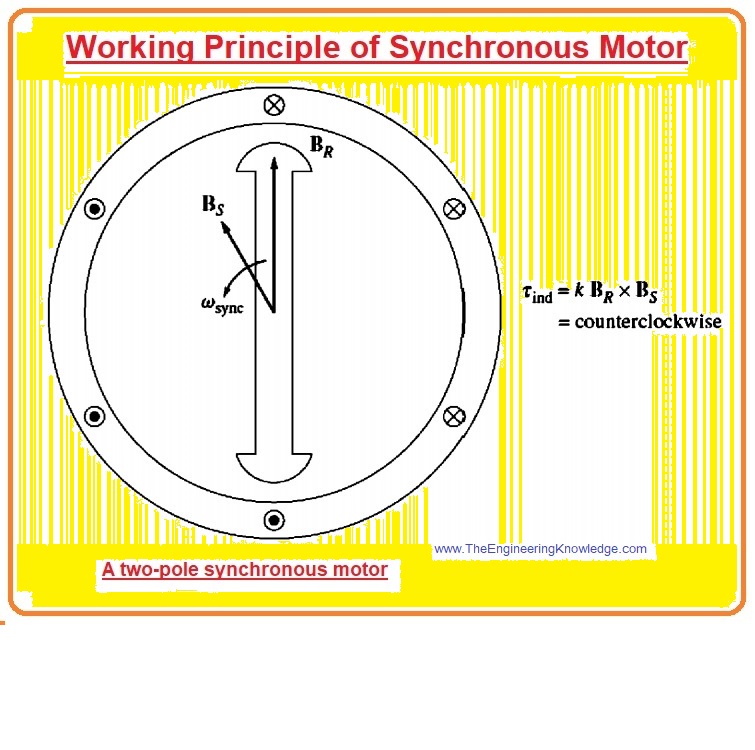
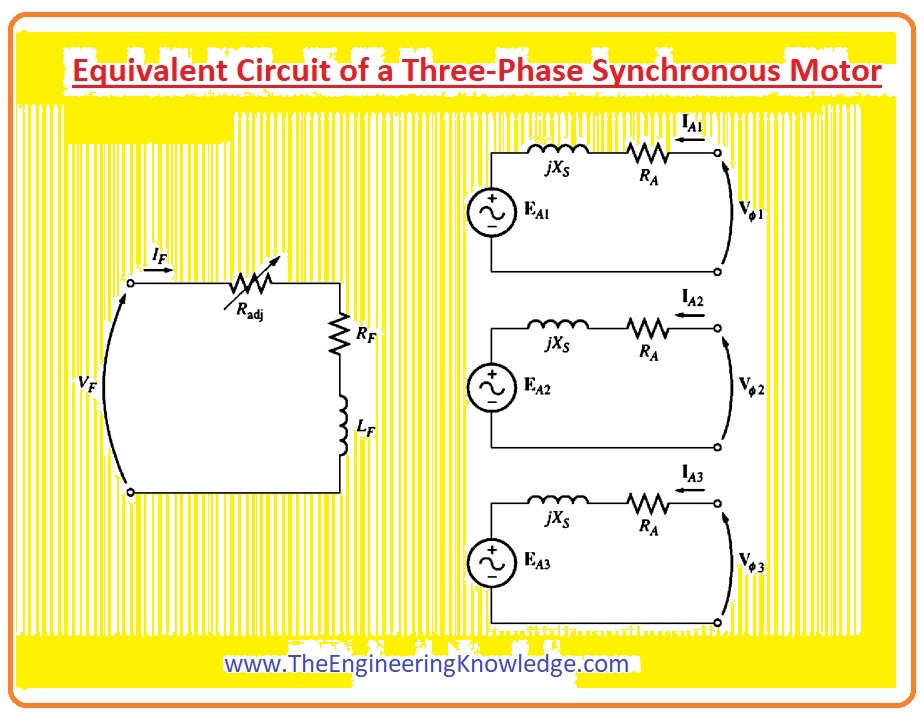
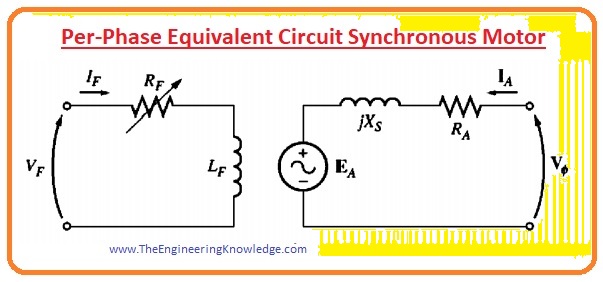
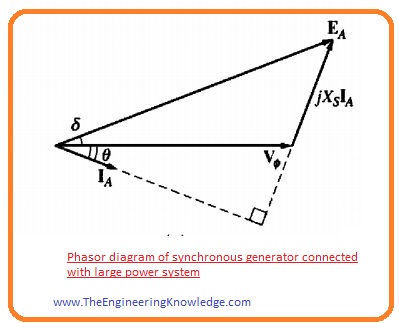


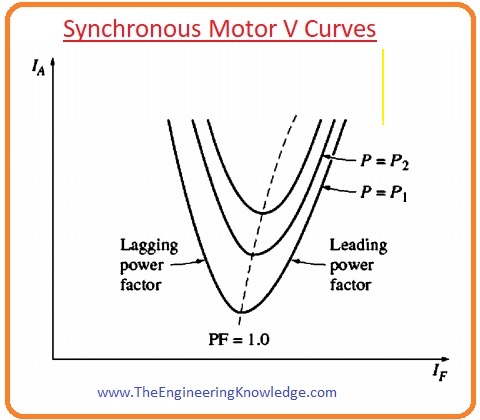








Everything is very open with a very clear explanation of the issues. It was really informative. Your website is useful. Thank you for sharing!
Amazing blog! Do you have any helpful hints for aspiring writers? I’m planning to start my own blog soon but I’m a little lost on everything. Would you recommend starting with a free platform like WordPress or go for a paid option? There are so many options out there that I’m totally overwhelmed .. Any tips? Thanks!